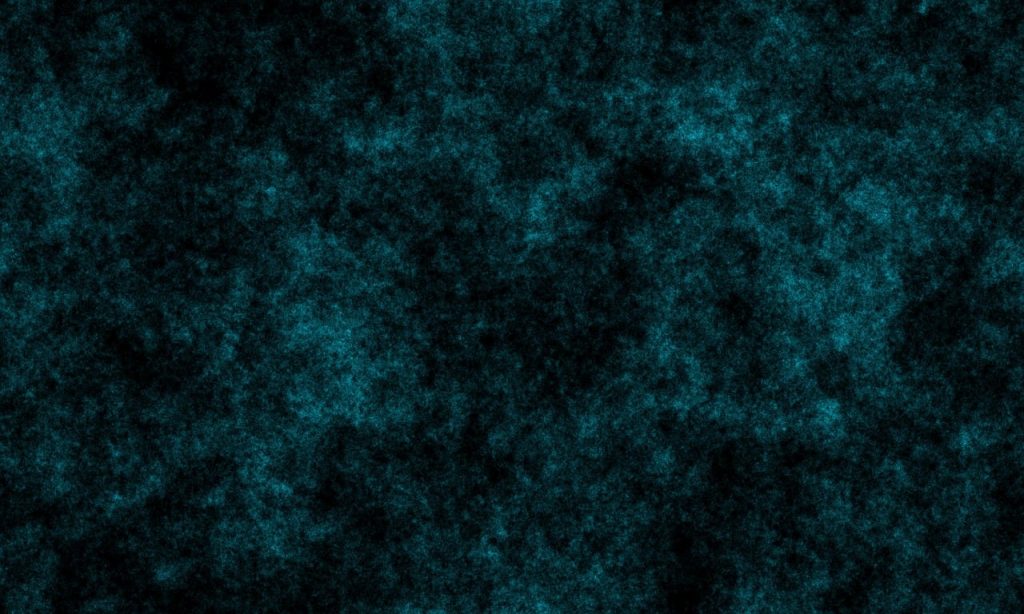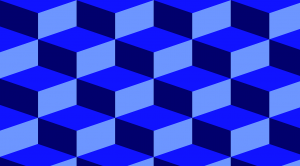Graphic Design Trends to Watch in 2022 – Stay ahead of the curve with these emerging styles

Here is a 5994 word English essay on graphic design trends to watch in 2022:
Graphic design is constantly evolving as technology advances, tastes change, and new techniques emerge. Staying on top of trends allows designers to create cutting-edge work for clients and expand their creative capabilities. As 2022 approaches, several graphic design styles and aesthetics are rising in popularity and expected to gain significant traction. In this essay, we will explore key graphic design trends projected to make an impact in 2022 and provide designers the knowledge to craft innovative projects aligned with emerging styles and cultural shifts.
Defining Graphic Design
Graphic design is a craft focused on visual communication and expression. It combines images, text, color, shapes, layouts and negative space to convey messages and solve problems. Graphic designers work on diverse print and digital deliverables including logos, advertisements, posters, magazines, book covers, packaging, websites, mobile apps and social media posts.
Graphic design has tremendous influence in marketing, branding, consumer attitudes, user experience and popular culture. It balances aesthetics with functional utility to attract attention, communicate ideas, enhance recollection and drive engagement.
Following Trends in Design
Tuning into trends provides graphic designers several advantages:
• Incorporate cutting-edge styles before mainstream adoption.
• Apply new visual languages aligned with changing preferences.
• Impress clients by displaying command of the latest trends.
• Enhance creativity by experimenting with new techniques.
• Identify technologies enabling new design capabilities.
• Avoid stale styles that no longer resonate with audiences.
• Appeal to trailblazers who value progressive aesthetics.
• Capitalize on shifts in consumer attitudes and culture.
This positions designers as innovative, gives their work contemporary appeal and keeps client brands on the leading edge.
Projecting the Future
Predicting trends involves:
• Scanning experimental styles of progressive agencies and indie creatives.
• Noticing changing preferences among early adopter groups.
• Following niche movements starting to gain momentum.
• Identifying technologies that empower new aesthetics.
• Observing wider societal shifts influencing culture and attitudes.
• Tracking data signals around rising style searches and buzz.
Equally crucial is evaluating longevity versus fading quickly as mere fads. This essay aims to highlight graphic design trends that signal substantive rather than ephemeral shifts for 2022.
2022 Graphic Design Trends
Based on current trajectories, the following trends show promise to impact graphic design over the next year.
Accessible Color Schemes
Vibrant, saturated hues will give way to more muted, deeper, accessible palettes tailored for those with color blindness or visual impairments. These schemes avoid color combinations that can be difficult to decipher. Brand colors may shift toward accessible shades. Copy will note color names like “rust orange” for clarity. Designers will test palettes through accessibility tools.
Hand-Drawn Elements
As digital perfection gets overused, hand-drawn illustrative elements will be incorporated more to add warmth and human craft. Rough sketches, playful doodles, chalk styles, uneven typography, markers, colored pencils and mixed media lend organic, handmade personality. Imperfections suggest authenticity.
Dimension and Depth
Flat graphics will transition to more dimensionlike layered, angled, skewed and tilted layouts. Depth will be added through long shadows, gradients, translucent overlays and perspective. Typography will gain 3D height and blocks. Layers add complexity while avoiding clutter.
Abstract Minimalism
Abstract geometric shapes, experimental compositions, representational negative space and sparse elements will merge with minimalism for an artistic yet clean trend. Simplicity still shines through restraint, but heightened aesthetics drive more engagement.
Vintage Collage
Nostalgic vintage imagery will get incorporated into collage-based designs. Combining retro product shots, old photos, clipped magazine typography, illustrated borders and textures creates eclectic, scrapbook-style aesthetics reimagining the old into new visual narratives.
Surreal Photography
Heavily photoshopped and augmented reality-blended photographic imagery creates jarring juxtapositions of objects, perspectives and colors. Surreal compositions allude to fantasy and the unconscious playing with reality. Artsy photo manipulations offer optical surprises.
Retro Sci-Fi
Mid-century modern atomic, 60s psychedelic and futuristic 80s aesthetics will provide throwback inspiration revamped in fresh ways. Vintage sci-fi styles get reimagined with new typography, color palettes, geometric layouts and effects for nostalgic yet modern visuals.
Handwritten Typography
Casual, looping, uneven and free-flowing handwritten style lettering adds natural flair compared to rigid digital fonts. Letters feel alive with rhythm and movement. Imperfections and pen textures provide authenticity when contrasted against clean backgrounds.
Abstract Color Fields
Bold solid color shapes create graphic focal points. Overlapping transparent color blocks overflow conventional layout grids. Fields of color can stand alone or frame imagery in asymmetric geometric designs. Primary colors appear balanced yet energetic.
Visualized Data
Data transforms into graphic art through charts, graphs, maps, diagrams and infographics. Statistics become engaging stories. Complex data relationships get clarified through creatively rendered visuals. Information design reveals insights.
Maximalism
Minimalism evolves into lush, abundant maximalism. Decadent typography, interlocking vivid patterns, ornamental motifs and dense, eclectic layouts emphasize sensual overload. Expressive maximalism heightens sensory impact.
Adaptive Identity Systems
Brand identity systems will enabling tweaking logos, colorways and assets to customize for local contexts, business units and campaigns while retaining core DNA. Adaptive identities provide flexibility and continuity.
Ethical Design
Visual choices will consider social responsibility and sustainability. Illustration replaces gratuitous photography. Color palettes use non-toxic inks. Typography aims for maximum legibility and accessibility. Layouts account for visual impairments. Design aligns values visually.
Generative Design
AI-assisted tools empower original imagery, patterns and compositions generated algorithmically. Designers direct output, retaining creative control. Generative design expands the solution space.
Summary
Graphic design in 2022 appears headed in a:
• Handcrafted direction with imperfect, organic aesthetics
• Artistic direction with abstract, surreal, interpretive styles
• Dimensional direction with depth, perspective and volume
• Progressive direction with adaptive identities and ethical design
• Balanced direction with accessibility, legibility and clarity
By aligning work with rising preferences, technologies and culture, graphic designers build resonance and relevance into client deliverables across mediums. Tracking trends fuels innovation in branding, advertising, user experience and entertainment. Anticipating the zeitgeist helps designers shape it.







